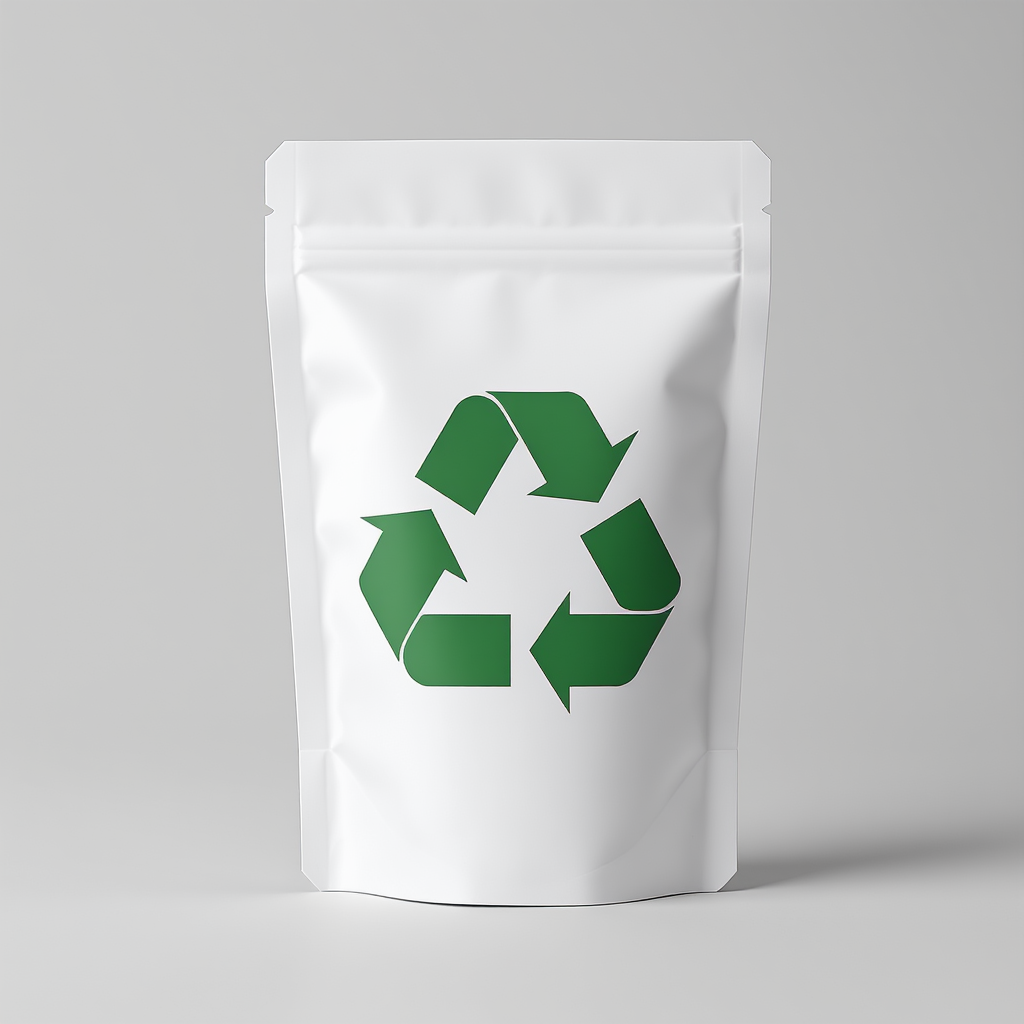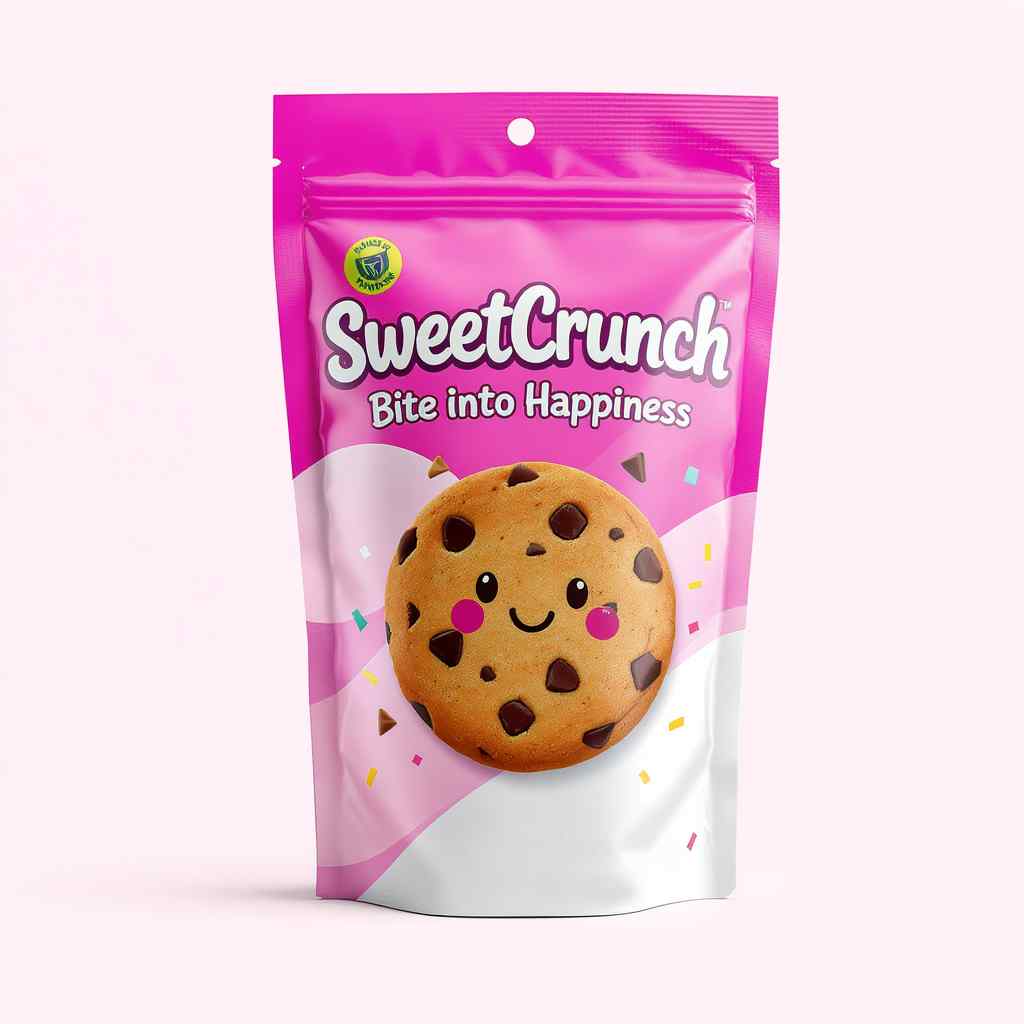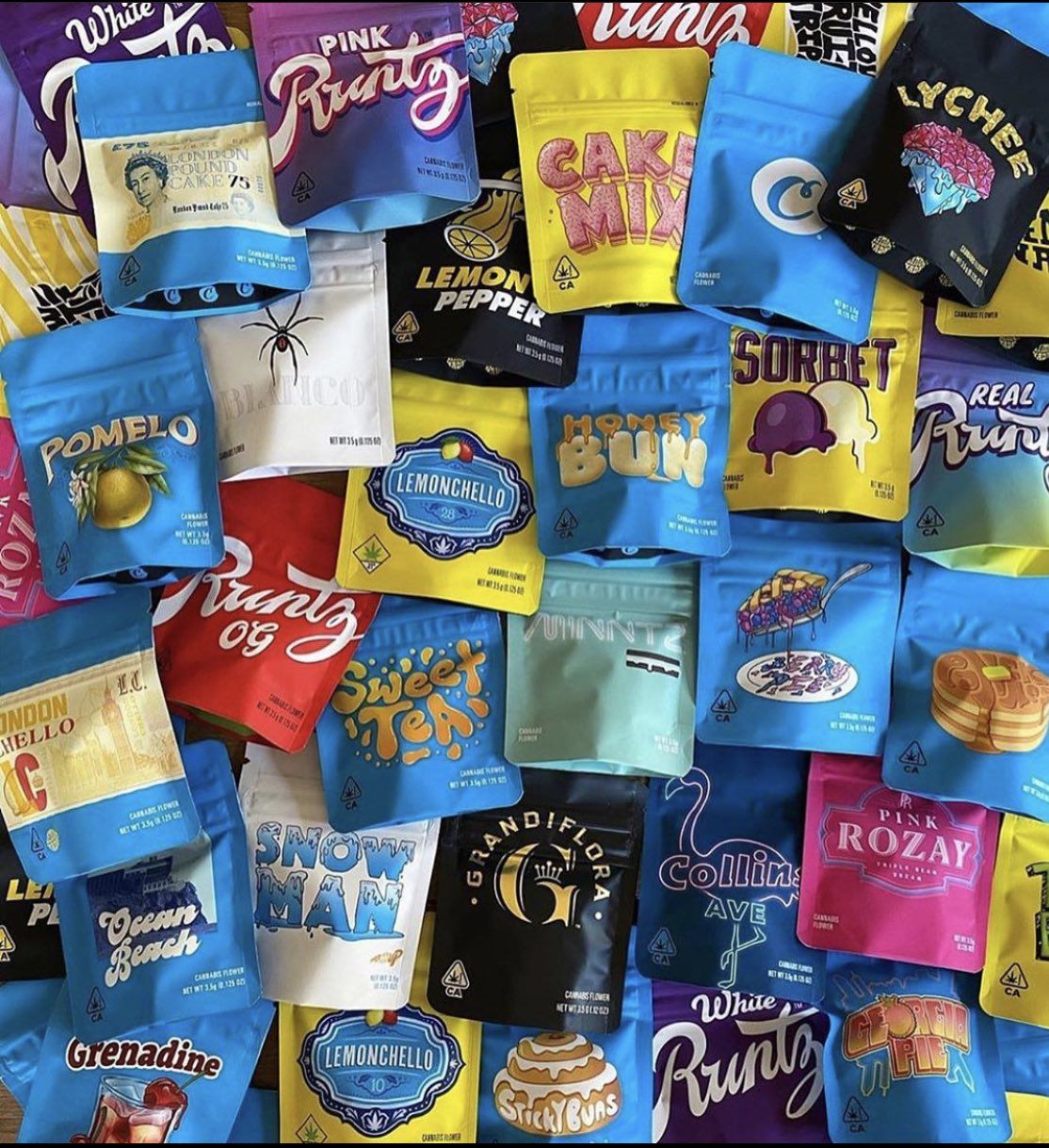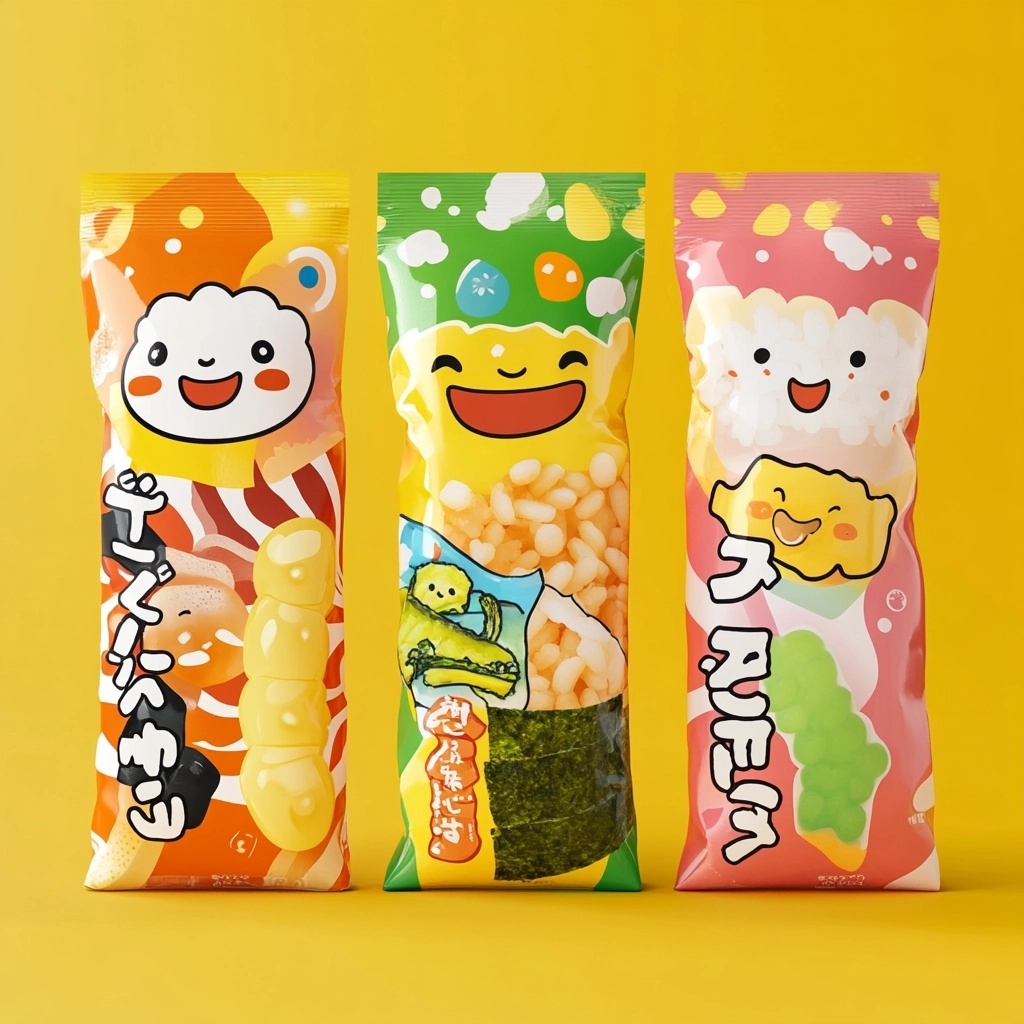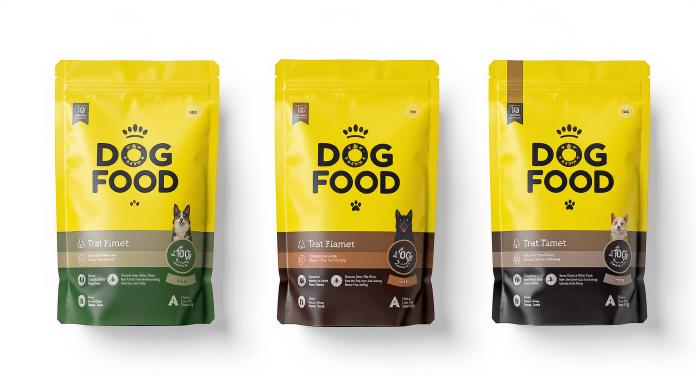Are you looking for packaging that's good for your product and the planet? Many brands struggle to find eco-friendly options. It is time to learn what truly makes packaging sustainable.
Truly sustainable packaging minimizes environmental impact throughout its entire lifecycle. This includes using renewable resources, reducing waste, and ensuring recyclability or compostability. It balances functionality with ecological responsibility.
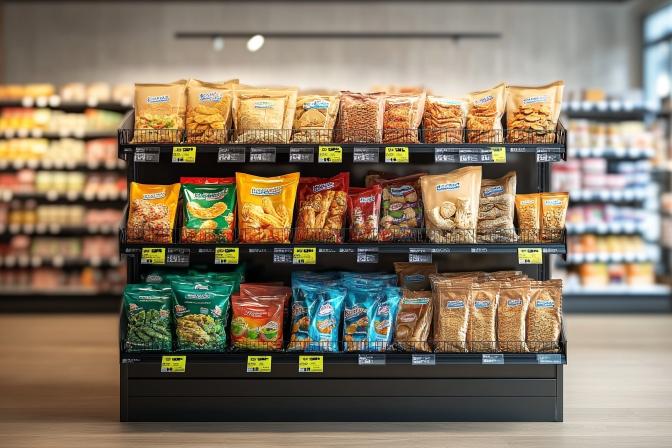
Navigating the world of sustainable packaging can feel like a maze, I know. I have seen many companies get lost trying to figure out what options are best. Let's break down the key elements that help us find real solutions.
What Materials Make Packaging Sustainable?
Are you confused by all the different "green" materials out there? Many businesses wonder which materials genuinely reduce environmental impact. It is important to know which materials are best for your packaging.
The best materials for sustainable packaging are those that are renewable, recycled, or can be easily recycled or composted. They should also minimize resource depletion and pollution during production.
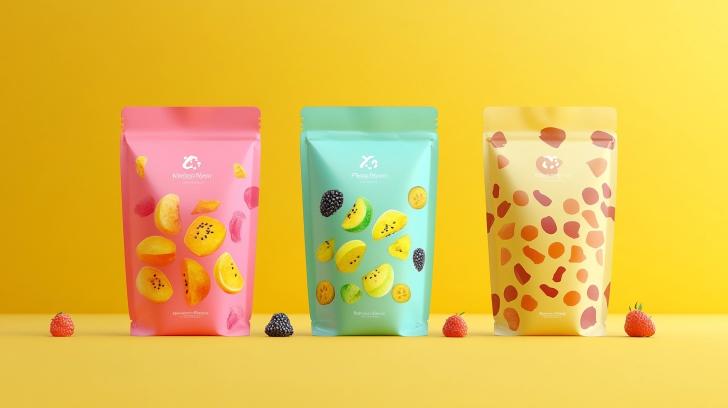
When thinking about sustainable materials, we often hear terms like "biodegradable" or "compostable." But what do these really mean for your packaging? It is not just about what a material is made of; it is also about its entire life cycle. I often help my clients understand that a material's sustainability depends on how it is sourced, processed, used, and disposed of. For example, some materials are technically compostable, but only in industrial facilities, which are not widely available. This means that if a consumer throws it in regular trash, it does not actually break down as intended. Similarly, "recycled content" is great, but we also need to consider if the final product is easily recyclable itself. My clients often ask about different types of films and pouches. For instance, polyethylene (PE) is widely recyclable, making it a popular choice. Polypropylene (PP) is also recyclable. We also see interest in PLA (polylactic acid), which is compostable. The choice often comes down to the product's specific needs, like barrier properties, and the available waste infrastructure in the target market.
| Material Type | Key Feature | Benefits | Considerations |
|---|---|---|---|
| Recycled Content | Made from post-consumer or post-industrial waste | Reduces demand for virgin resources, lowers energy use | Availability, quality consistency |
| Bio-based Plastics | Derived from renewable biomass sources | Reduces reliance on fossil fuels | Composting facilities, specific conditions |
| Biodegradable Materials | Breaks down naturally in the environment | Less landfill waste, can enrich soil | Requires specific conditions to break down fully |
| Compostable Materials | Breaks down into natural elements in composting | Reduces landfill waste, creates valuable compost | Industrial vs. home composting, labeling |
| Mono-materials | Packaging made from a single type of material | Easier to recycle, simplifies sorting | May not offer all barrier properties needed |
How Does Manufacturing Impact Packaging Sustainability?
Do you wonder if your packaging's production process is truly green? Many companies overlook the environmental footprint of manufacturing. It is crucial to understand how production methods influence sustainability.
Sustainable manufacturing processes for packaging aim to reduce energy consumption, minimize water usage, and decrease waste generation. This involves using efficient machinery, renewable energy sources, and closed-loop systems.
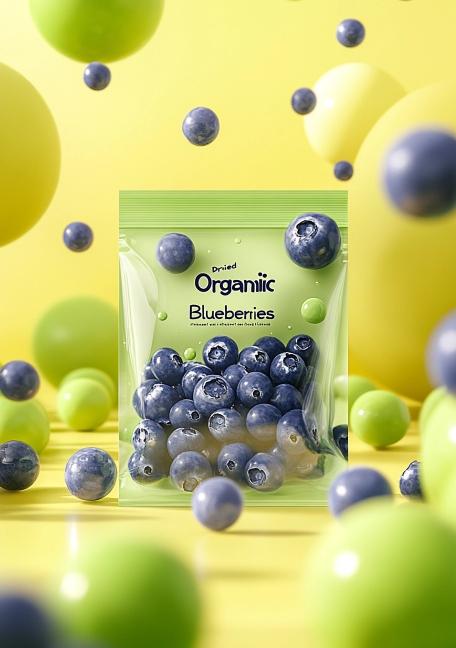
The way packaging is made plays a huge role in its overall environmental impact. I have seen firsthand how simple changes in production can make a big difference. For instance, optimizing machine run times, reducing scrap material, and even recovering heat from production can significantly lower energy use. When I discuss new projects with clients, I always emphasize the importance of our factory's commitment to efficiency. We use modern equipment that is designed to be energy-efficient. We also focus on waste reduction during the printing and converting processes. For example, our 11-color process printing capability allows for precise color matching, which reduces the need for multiple passes and material waste. We also work to minimize the amount of ink and solvents used, and we manage our waste streams responsibly. My personal belief is that true sustainability extends beyond the end product; it starts at the factory floor. This is why we invest in advanced technology and processes that align with environmental best practices, ensuring we meet strict certifications and standards like FDA/BRC for food-grade materials. This also includes careful management of our water usage and ensuring proper treatment of any wastewater.
| Aspect of Manufacturing | Sustainable Practice | Environmental Benefit | Our Approach |
|---|---|---|---|
| Energy Consumption | Use of renewable energy, energy-efficient machinery | Reduced carbon footprint, lower operational costs | Modern, efficient machines; exploring solar options |
| Water Usage | Water recycling, reduced water in processes | Conserves water resources, less wastewater | Closed-loop water systems where possible |
| Waste Reduction | Material optimization, recycling scrap materials | Less landfill waste, resource conservation | Rigorous quality control, material recovery |
| Emissions Control | VOC capture, air filtration systems | Improved air quality, reduced pollution | Advanced filtration systems in place |
| Supply Chain | Sourcing local, ethical suppliers | Lower transportation emissions, social responsibility | Vetting suppliers, optimizing logistics |
Why Is End-of-Life Important for Sustainable Packaging?
Are you sure your "eco-friendly" packaging actually breaks down as it should? Many brands overlook what happens to their packaging after use. Understanding end-of-life options is key to true sustainability.
The end-of-life stage of packaging determines its ultimate environmental fate, whether it is recycled, composted, or sent to a landfill. Designing for proper disposal is crucial for minimizing pollution and maximizing resource recovery.
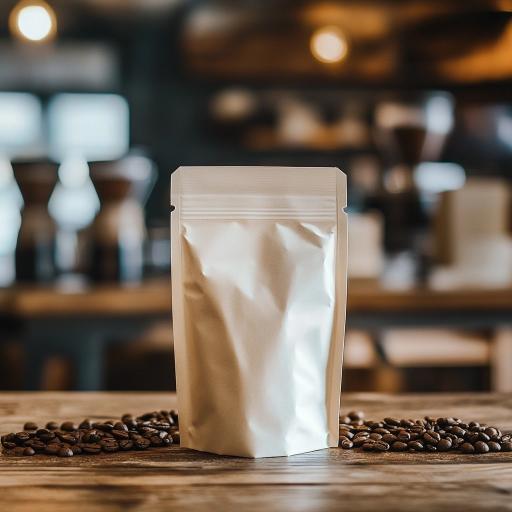
Thinking about what happens to packaging after it has served its purpose is just as important as how it is made. I often remind my clients that a package is only as sustainable as its weakest link, and often that link is its disposal. For example, a package might be made from recyclable materials, but if local recycling facilities cannot process it, it still ends up in a landfill. This is why when we design custom packaging, we always consider the end-user's ability to dispose of it properly. We offer 100% recyclable options because we know this aligns with many consumers' environmental goals and the growing availability of recycling infrastructure. We also discuss the importance of clear labeling on packaging to help consumers understand how to dispose of it correctly. This involves using standardized symbols for recycling or composting. The goal is to close the loop on materials, turning waste back into resources. For instance, single-material pouches like those made entirely from PE are far easier to recycle than multi-layer laminates, which can be challenging to separate. This focus on "design for recyclability" is a core principle in our work, helping clients like food manufacturers and pet food companies meet their sustainability targets. I believe that by educating our clients on these aspects, we can collectively make more responsible choices for the planet.
| End-of-Life Option | Description | Benefits | Challenges |
|---|---|---|---|
| Recycling | Processing used materials into new products | Conserves resources, reduces energy use | Requires sorting, proper facilities, contamination |
| Composting | Breaking down organic materials into nutrient-rich soil | Reduces landfill waste, enriches soil | Needs specific conditions, industrial facilities often |
| Reuse | Designing packaging for multiple uses | Extends product life, reduces resource consumption | Consumer behavior, cleaning, durability |
| Waste-to-Energy | Incineration to generate electricity | Reduces landfill volume, energy recovery | Air emissions, public perception |
| Landfilling | Disposal in engineered landfills | Simple disposal method, contains waste | Resource loss, potential for pollution, land use |
Conclusion
True packaging sustainability requires careful thought at every stage, from materials to end-of-life. By focusing on renewable resources, efficient manufacturing, and proper disposal, brands can make a real difference.
Guoshengli Packaging is your partner for truly sustainable flexible packaging solutions. We offer high-quality, customizable, and 100% recyclable options designed to meet strict BRC/FDA standards. Partner with us to achieve your sustainability goals. Contact us at [email protected].

